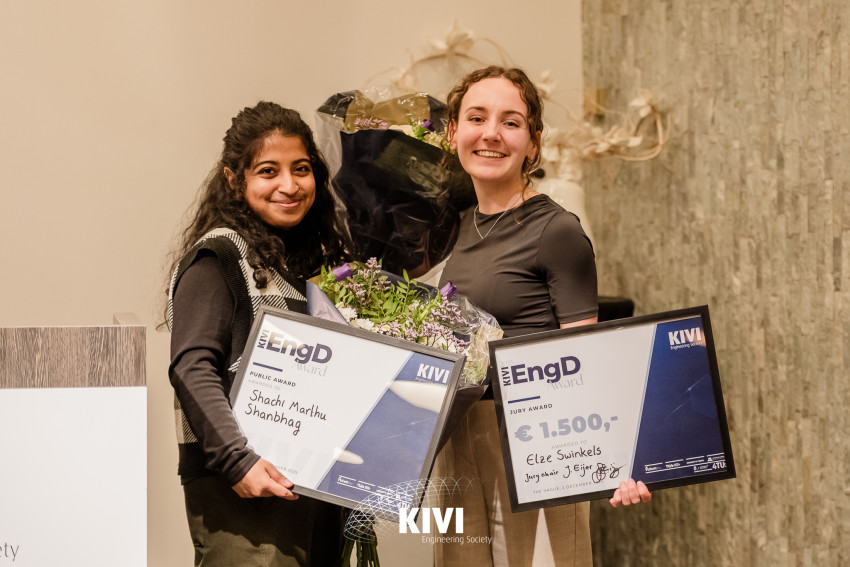
‘Everybody knows’ that power plants – especially the coal-fired ones – are notorious producers of CO2. Less well known is the fact that the production of ethylene glycol (a raw material of for instance PET) scores pretty high in this department too.
About one ton of CO2 is produced for every 6 tons of mono-ethylene glycol. The world’s largest producer of MEG – SABIC – is doing something about this.
In Jubail they opened a CO2 purification facility that can capture and purify up to 500 000 ton CO2 per year. Its product is pure enough to be sold to beverage and medical industries.
The CO2 will be piped to other SABIC-daughters, such as their urea plant. It so happens that SABIC is also the world’s largest producer of granular urea. It is only natural that they thump their chest about how this reduces their carbon footprint. It does indeed when the CO2 needed for the production of urea used to be produced by burning natural gas. But it is still fossil carbon that winds up in the atmosphere after the urea has gone from plant nutrient to animal feed to hamburger.
The full sustainability report can be found here; to see how their Green House Gas Performance is developing scroll down to page 36.


